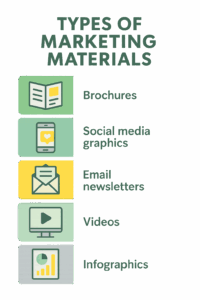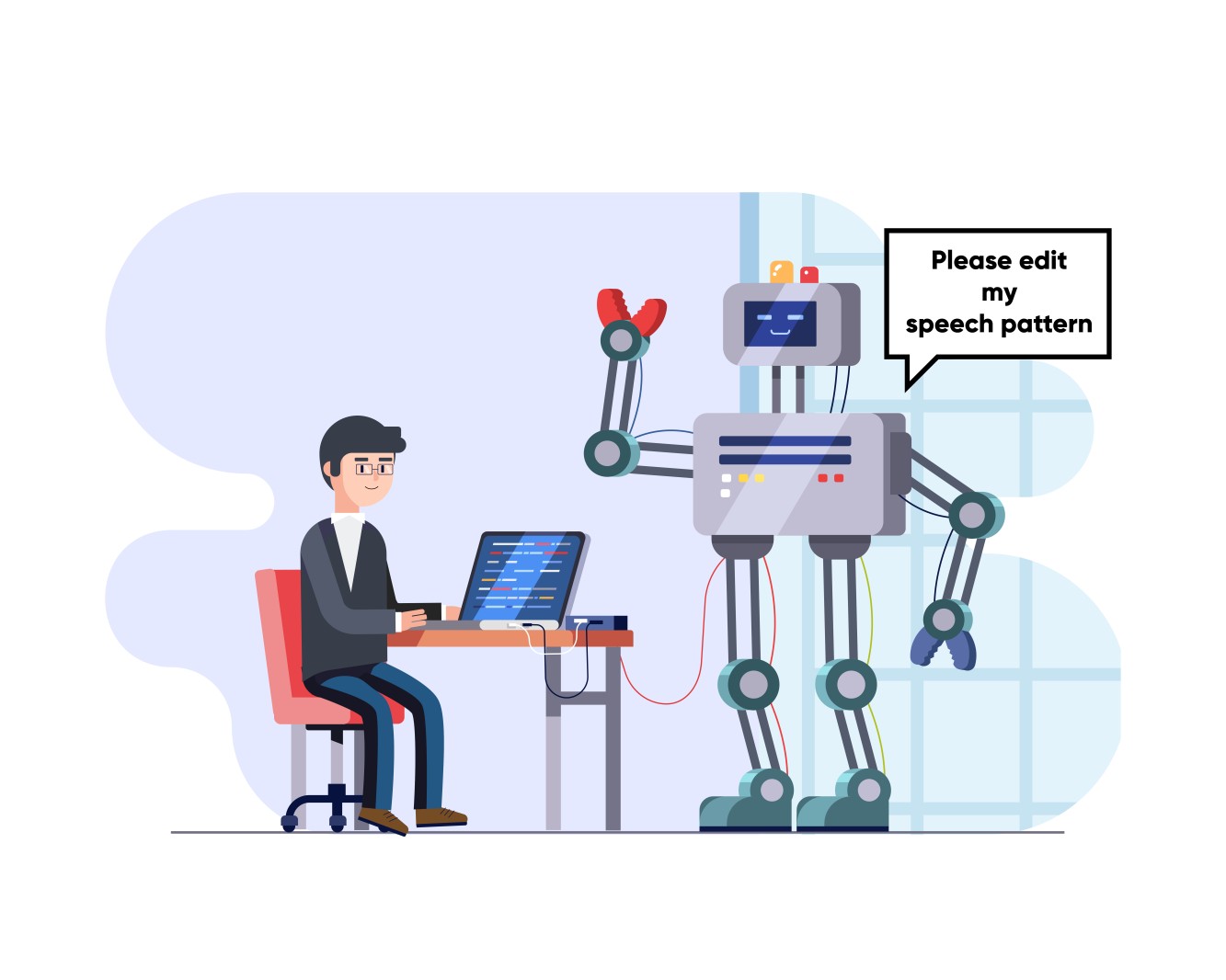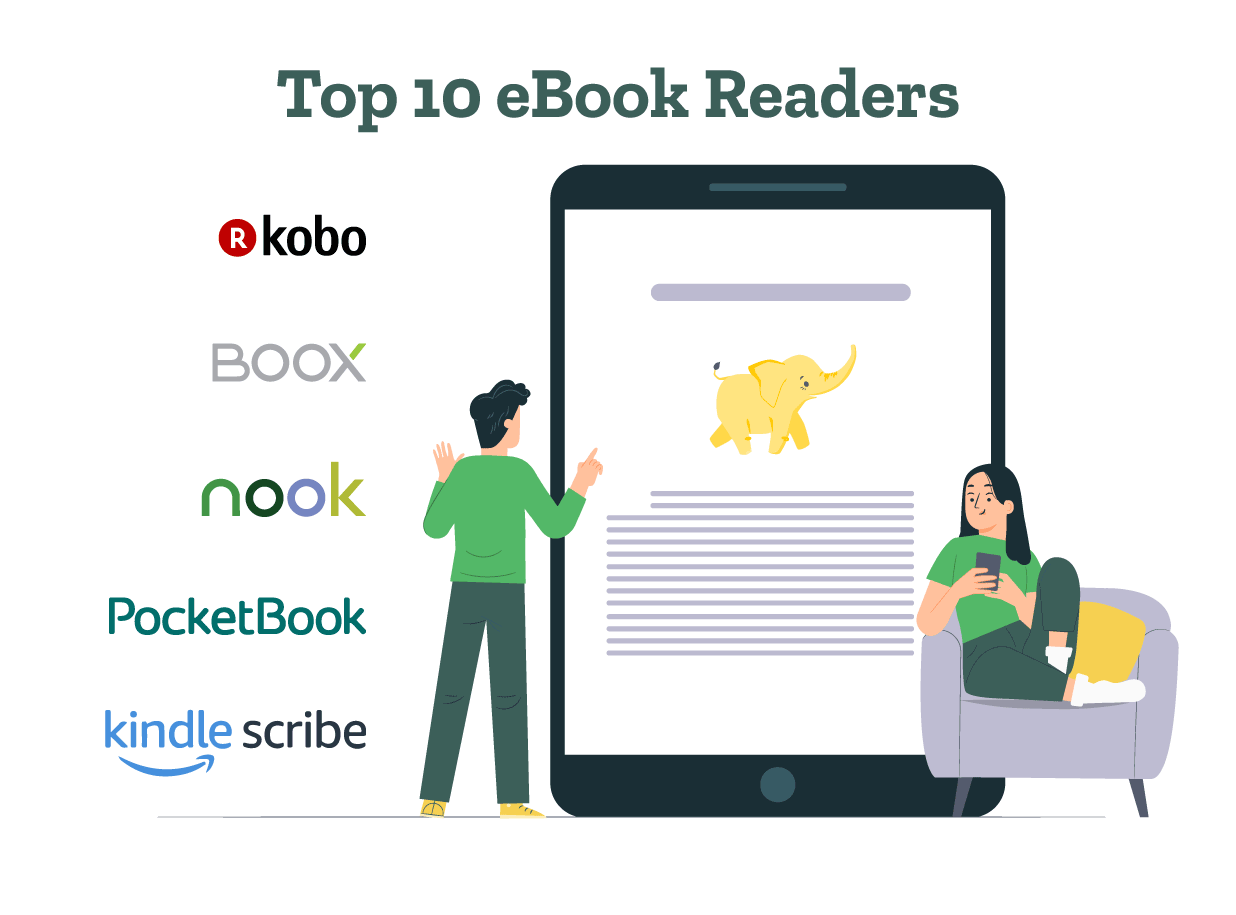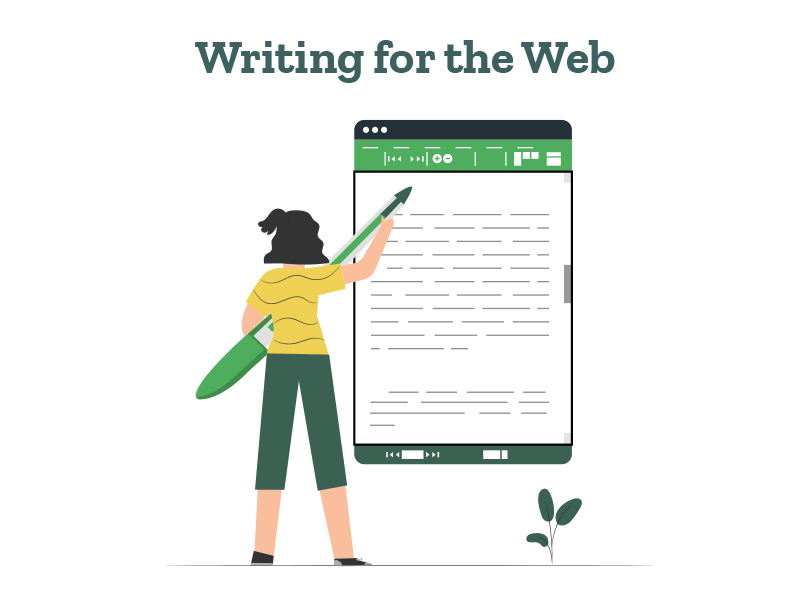Still have questions? Leave a comment
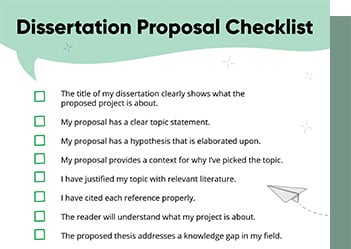
Checklist: Dissertation Proposal
Enter your email id to get the downloadable right in your inbox!
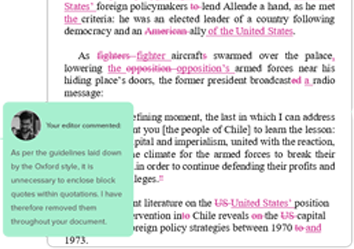
Examples: Edited Papers
Enter your email id to get the downloadable right in your inbox!
Need
Editing and
Proofreading Services?

How to Create Marketing Material
 Jun 27, 2025
Jun 27, 2025 6
min read
6
min read
Creating effective marketing material is vital for any business that wants to connect with its audience, convey a specific message, and achieve measurable results. It is one of the key pillars of business success. Marketing materials are the tools that brands use to communicate their value and invite customers to take action.
In this guide, we will explore what marketing material is, outline steps for creating it, and share tips for developing high-quality, impactful content that resonates with your audience.
Is ineffective marketing material killing your business? Let experts edit it. Learn more
What is marketing material?
Marketing materials are any content a business creates to promote its brand and drive engagement.
Through these materials, businesses keep customers informed about the latest offerings, promotions, and industry trends. Common examples include brochures, social media graphics, email newsletters, videos, and infographics, among other things.
Each type of marketing material serves a distinct marketing purpose, whether it is to build brand awareness, drive sales, educate potential customers, or reinforce customer loyalty. A successful piece of marketing material captures attention, delivers a compelling marketing message, and encourages action.
They not only enhance brand identity through consistent and high-quality content but also promote customer loyalty by communicating with the target audience and making them feel “seen”. Effective marketing materials can attract new customers, generate leads, and ultimately boost sales and revenue.
Types of marketing materials
Before you finalize your marketing strategy, you should ask yourself an important question. What are the essential marketing materials that can help you reach your target audience and drive conversions?
Understanding the types of marketing materials available is crucial for selecting the right one for your marketing objectives.
Here are some common formats:
- Brochures: They provide in-depth information and are ideal for events, trade shows, or leave-behind materials in sales contexts. Both print and digital brochures are popular for the unique benefits they offer.
- Social media graphics: Used for quick engagement, brand awareness, and visual storytelling on platforms like Instagram, Facebook, and X, social media graphics can leave a lasting impression. However, it is important to be cautious about what is portrayed on social media platforms since the Internet can make or break the reputation of your business with just one post.
- Email newsletters: Perfect for building ongoing relationships with customers and providing regular updates, promotions, or exclusive offers, email newsletters can boost revenue by accelerating sales.
- Videos: Videos are excellent for demonstrations, tutorials, storytelling, or sharing customer testimonials, especially on visual platforms like YouTube.
- Infographics: Great for presenting complex data in a visually engaging way, infographics simplify information for easy understanding and shareability.
Each format serves a unique purpose. By choosing the appropriate type, you can maximize the impact of your marketing material and cater to audience expectations effectively.
Steps to create engaging marketing material
Building effective marketing material involves several key steps, each contributing to a seamless alignment between the brand’s goals, the customer’s needs, and the intended message.
Here’s how to create marketing material that stands out and drives results.
1. Define your marketing objective
The first step is understanding your marketing objective. What do you want to achieve with this material? Common goals include increasing brand awareness, driving sales, informing or educating customers, and building customer loyalty.
Defining the marketing purpose is essential because it shapes the content and tone of your material. Are you introducing a new product, encouraging sign-ups, or promoting a seasonal offer? Once you know the goal, you can tailor your content to deliver the desired outcome.
2. Understand your target audience
For marketing material to be effective, your intended audience must connect with it. Start by identifying who your audience is. What are their demographics, preferences, pain points, and motivations?
A well-defined customer persona helps ensure that the content you create addresses your audience’s needs and interests.
For instance, marketing to millennials might involve a vibrant, socially conscious approach, while targeting executives might require a professional, concise tone. Identifying and decoding the likes and dislikes of your audience allows you to create more relevant, engaging content that’s likely to inspire action.
3. Choose the right format
Selecting the format of your marketing material is a crucial decision. Each type of marketing material serves a unique purpose and has its strengths:
- Brochures give detailed information.
- Social media graphics boost engagement.
- Email newsletters prompt relationship building.
- Videos and infographics promote storytelling and concept or product simplification.
Consider where the material will be distributed—whether print, online, or in-person—and choose a format that aligns with your audience’s preferences and the distribution platform specifications.
4. Create a clear and compelling message
Your marketing message should focus on a single key point and be delivered in clear, persuasive language. Avoid jargon or highly complex language that could confuse your audience. Instead, aim for a message that’s easy to understand and engages the reader instantly.
These messages are the essence of your communication; they should resonate emotionally and align with your objective. Hence, keep the message clear, direct, and aligned with your brand’s voice across all marketing material types (promotional offers, informative pieces, videos, etc.).
5. Design with brand consistency
Consistency is key when it comes to building brand identity in marketing. Use your brand’s colors, fonts, logos, and other visual elements to reinforce your brand image. This consistency not only makes your marketing material recognizable but also helps establish trust and credibility with your audience.
For instance, a healthcare brand might use a clean, minimalist design to convey professionalism and safety, while a children’s brand might incorporate bright colors and playful fonts.
6. Include a strong Call-to-Action (CTA)
A CTA is a crucial component of effective marketing material. Without a clear CTA, your audience might not know what steps to take next. Your CTA should be direct, actionable, and aligned with your marketing objectives.
For example, if you are promoting a new product, your CTA could be “Shop Now.” If you’re building an email list, “Sign Up for Exclusive Offers” might be more appropriate.
In this way, you can guide your audience toward taking the next step that supports your marketing objectives.
7. Use high-quality visuals
Visuals play a significant role in making your marketing material engaging and memorable. High-quality visuals, whether photos, illustrations, or graphics, should support the message rather than clutter the design.
Images can evoke emotions, highlight product features, and make complex information easier to understand. When selecting visuals, ensure they are relevant to the content and maintain a high standard of quality.
8. Review and refine
Once your material is designed, it is essential to review and refine it. Proofread the text for any spelling or grammar errors and ensure it corresponds to your marketing purpose and brand voice.
A professional marketing copy editor can be invaluable at this stage. They can help you polish the language and maintain clarity. Consider getting feedback from colleagues or trusted customers, as fresh perspectives can reveal areas for improvement.
9. Test and measure performance
If you are creating digital marketing material, analytics are your best friend. Use tools like Google Analytics, social media insights, or email marketing platforms to track your material’s performance.
Key metrics to monitor include clicks, shares, conversions, and overall engagement rates. By measuring these metrics, you can identify what works and what needs improvement, allowing you to refine future campaigns and optimize results.
Additional tips for creating effective marketing material
Beyond the foundational elements of strong messaging, clear calls to action, and visually appealing design, here are some additional tips to improve the quality and presentability of your marketing materials:
- Stay customer-centric: Always prioritize the needs and preferences of your target audience. When customers see that your material addresses their pain points, they are more likely to engage.
- Use simple language: Even when marketing complex products or services, keep the language accessible. If possible, simplify technical jargon and present information in a way that’s easy to understand.
- Consider timing: Certain types of marketing materials work best at specific times. For example, seasonal promotions can benefit from well-timed email newsletters, while social media posts may have optimal times based on your audience’s online activity.
- A/B testing: For digital materials, consider creating variations of your content to see which performs better. A/B testing can help you refine elements such as headlines, CTAs, and visuals.
- Build for mobile: Many customers access marketing materials on their smartphones. Ensure your materials are mobile-friendly to maximize accessibility and engagement.
Creating impactful marketing material requires careful planning, a deep understanding of your audience, and a commitment to quality. To enjoy the best possible results in a given situation, consider following these steps and focus on delivering a clear message with a strong call to action. Marketing materials created correctly can capture attention and build brand loyalty.
If you are a business in search of experts to polish your marketing materials, PaperTrue can help refine them. Our expert editors enhance clarity, maintain brand consistency, and give your content a professional edge. Explore PaperTrue’s editing and proofreading services and talk to us to know more.
Here are some articles that can help you create impactful marketing materials:

